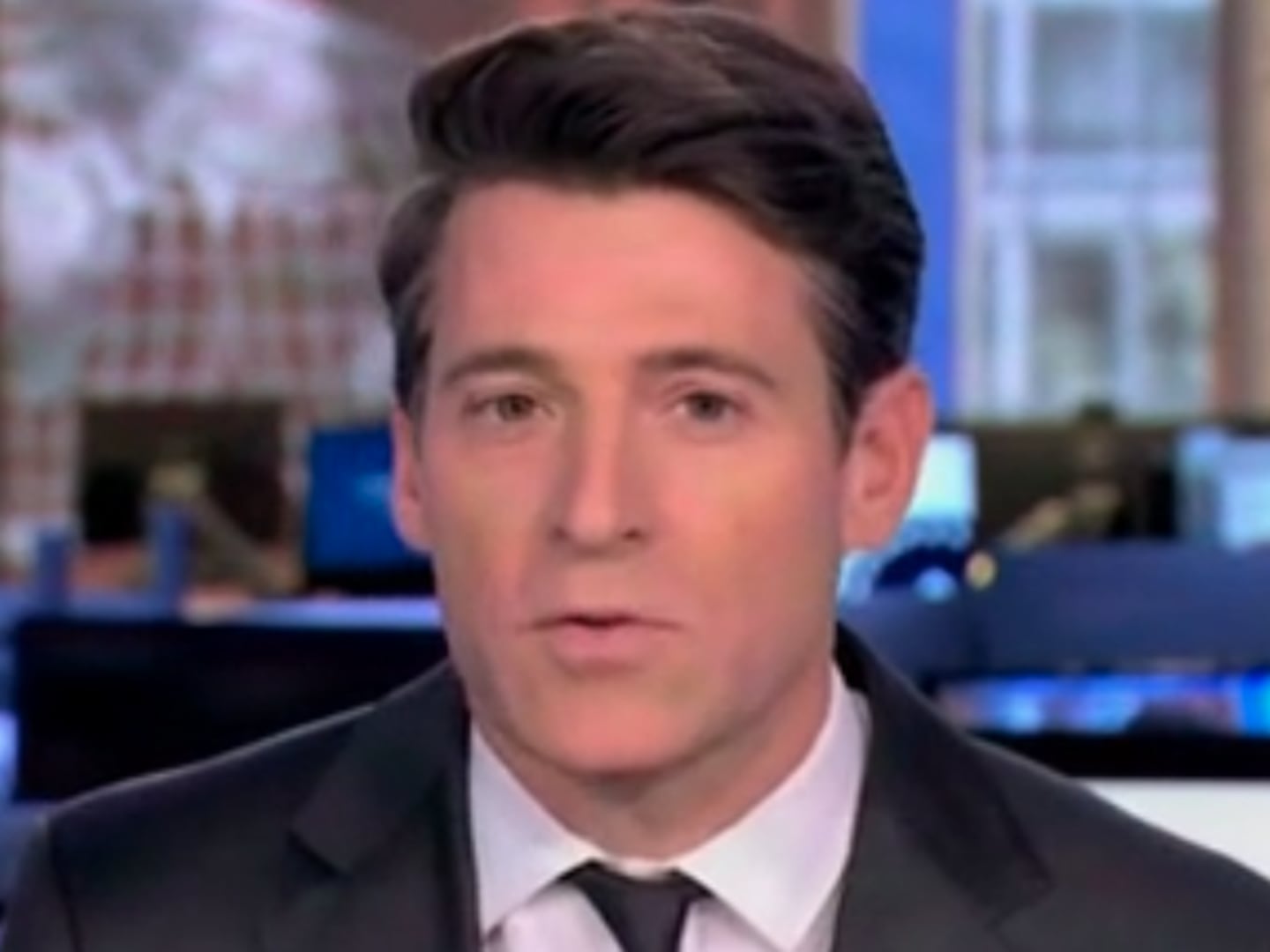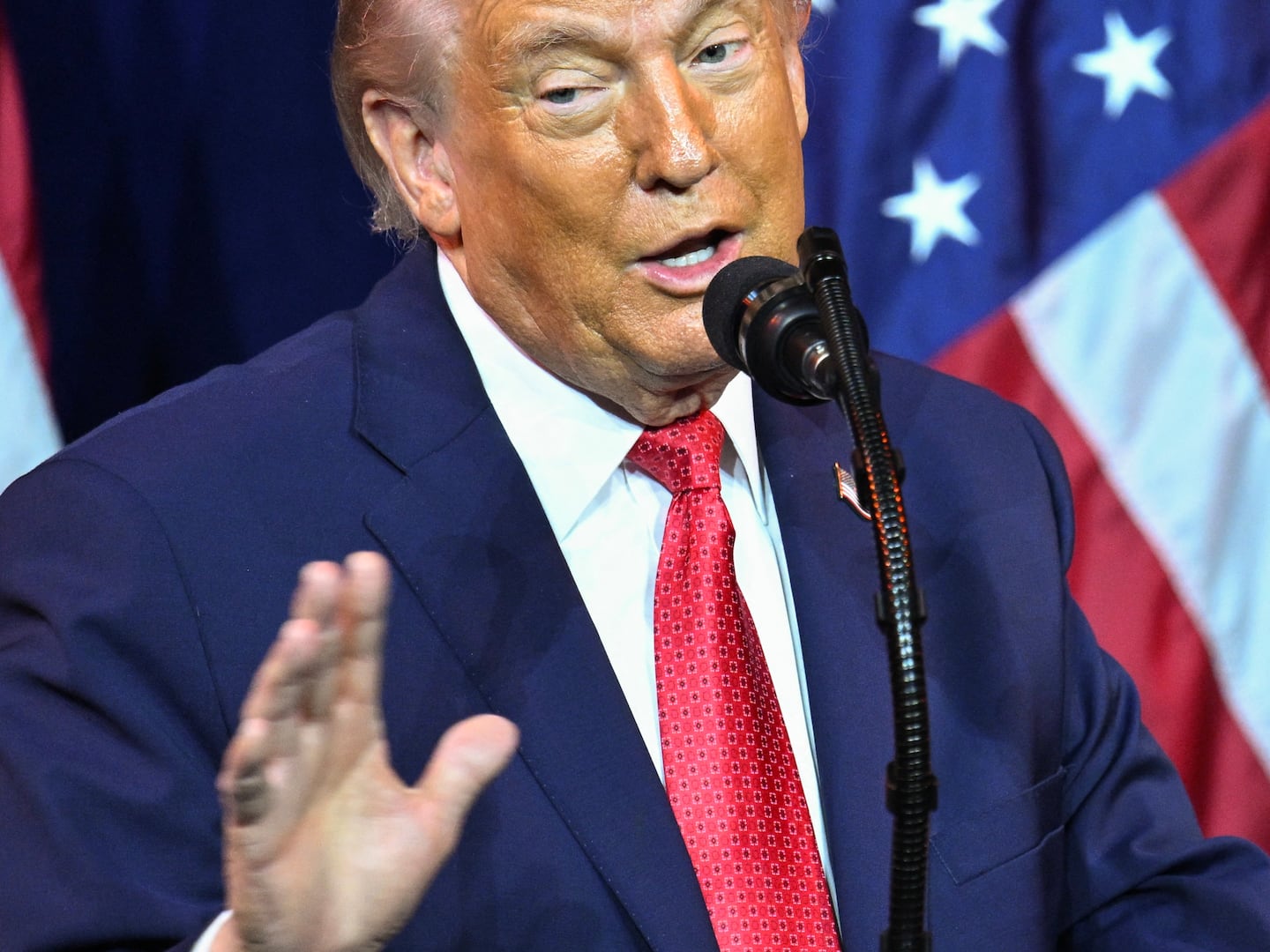PANAMA CITY, Panama—Unknown forces attempted to assassinate Venezuelan President Nicolás Maduro last Saturday in Caracas. The weapon of choice: a pair of powerful M600 quadcopters, each armed with more than two pounds of C4 explosive, and equipped with remote-control detonators.
The incident marked the first time unmanned aerial vehicles (UAVs) have been used to target a head of state. But experts say that weaponized drones are becoming increasingly common—and that it’s only a matter of time before it happens again.
On Saturday afternoon, when the attack occurred, Maduro was giving a speech to commemorate the 81st anniversary of Venezuela’s National Guard. He addressed the assembled troops from an open dais while dressed in a black suit, a presidential sash, and brandishing a ceremonial staff.
Video of the event shows the Chavista leader’s speech interrupted by a camera-shaking explosion. As soldiers and guardsmen break ranks and flee, Maduro’s security detail surrounds him with collapsible ballistics shields before whisking him away. At least seven soldiers were injured by the blast, three of them critically.
Footage taken of the drones themselves reveals one hovering in the air before it explodes— probably because its radio signal had been jammed by security forces, which is likely what saved Maduro’s life—while the other detonated against the side of an apartment complex, apparently confusing onlookers who thought the explosion came from inside the building.
Although the use of an IED-equipped drone to target an elected official was a historical first, experts say they’d seen this day coming for a long time.
“In the last few years, people have tended to discuss a scenario like this not in terms of ‘whether,’ but rather ‘when,’” said Arthur Holland Michel, founder and co-director of the Center for the Study of the Drone (CSD) at Bard University, in an email to The Daily Beast.
“Many of us in the field have long known that it was only a matter of time until someone tried this. Some people I know are surprised it didn't happen sooner,” Michel said.
That feeling of inevitability was in part due to the growing accessibility and simplicity of UAV technology. Michel estimated the M600-model drones used in Caracas would have cost as little as $8,000 apiece. But they were also strong enough to deliver a powerful payload and fast enough to “cover the length of a football field in less than seven seconds,” Michel added.
The incident also served as a powerful publicity stunt, which was likely another factor in the plotters’ decision to strike from the sky.
“An attack of this kind is guaranteed to have significant effects,” Michel said, “because even an unsuccessful drone assassination will draw global headlines and cause widespread panic.”
Whodunit?
Within a day, six “masterminds” reportedly had been arrested for plotting to kill Maduro, including two alleged pilots, although so far all the suspects’ identities have been withheld. The president himself called for “maximum punishment” and declared “there will be no forgiveness” for those behind the attack.
Maduro also alleged “international links” behind the plot, specifically naming the government of neighboring Colombia, as well as “financial backers . . . in the state of Florida.” He also blamed right-wing factions within his own country. Colombia, the U.S., and Venezuela’s own opposition party officially denied involvement in the strike. But questions remain.
Colombia and Venezuela were once staunch allies, but the two countries have drifted apart in recent years. Venezuela remains one of the more left-leaning nations in the hemisphere, while Colombia continues to move further to the right politically, especially with the election of Ivan Duque, a hard-line conservative who won the presidency earlier this year.
According to Mark Weisbrot, co-director of the Washington-based Center for Economic Policy and Research (CEPR), there could be some truth to Maduro’s claims about Bogota’s antipathy—or at least ambivalence—toward him.
“Colombia is playing a leading role in the Lima Group,” Weisbrot told The Daily Beast. He went on to describe the Group as “a collection of mostly right-wing governments that are supporting [U.S.] efforts at regime change in Venezuela.”
Venezuela’s economic woes—including shortages of basic food and medicine—have led to a massive wave of refugees fleeing across the largely porous Colombia-Venezuela frontier, further fueling tensions.
“[Maduro] knows that there are many violent paramilitaries along the border and the potential for conflict, even a Contra-style war as in Nicaragua in the 1980s, is quite real, especially with [the ] apparent commitment to regime change by any means necessary,” Weisbrot said.
Back in May, The Daily Beast published a story about persistent rumors of a U.S.-backed coup against Maduro, with a special focus on why such a move could have dangerous, far-reaching repercussions for both American interests and the economic health of the region. Despite those widespread concerns, President Donald Trump and other Republican leaders have openly floated a “military option” aimed at taking down Maduro, the hand-picked successor to long-time U.S. antagonist Hugo Chávez.
In the wake of Saturday’s attack, national security advisor John Bolton rejected the notion of any U.S. involvement, even going so far as to tell Fox News that the incident could have been “a pretext set up by the Maduro regime itself.”
However, the U.S. has a long-standing history of either tacitly or actively backing military coups in Latin America, including a failed 2002 putsch against Maduro predecessor Chávez. And while there is so far no evidence to directly connect Washington to the drone blasts, observers suggest Republican rhetoric could at least have had an enabling effect.
“When the most powerful government in the world calls for a military coup in a country that is quite small by comparison, and deeply polarized politically, it does encourage this kind of attempt,” said CEPR’s Weisbrot.
“And when the State Department was asked about the attempt, [they] didn't say anything like ‘we deplore this violence,’ or [label it] terrorism, which would be normal diplomatic language to distance themselves from an assassination attempt—even though many people would have died if the target had been hit.”
Further adding to the confusion, at least two groups within Venezuela have separately claimed responsibility via social media. One of them, Operation Phoenix, is comprised of former soldiers whose ex-leader, Óscar Pérez, was killed in a gun battle with government forces last year. The other group to publicly take credit is a lesser-known outfit called Soldiers in T-shirts.
CSD co-founder Michel said the alterations made to the UAVs themselves offered little clue as to who was behind the attacks, and that the total cost of the assault, including the explosive material, could have been less than $20,000.
“From a technical standpoint nothing about the attack was so sophisticated that it could have only been carried out by a government,” Michel said. “As we've seen countless times in Iraq and Syria, non-state groups are more than capable of strapping bombs to commercial drones and causing havoc.”
“A Global Threat”
The first terror groups to use drone technology as a platform for IEDs originated in the Middle East. The so-called Islamic State (ISIS) was the most prominent of these, even using “drone swarms” to attack military and civilian targets.
ISIS’s black-market UAVs are still the most technologically advanced in the world. Most are fixed-wing units with a range of more than 60 miles. And unlike the simpler, self-destructing IED models used in the Caracas incident, the ISIS drones can drop grenades on their targets and then return to the pilot to be loaded up again and re-used.
ISIS might still be ahead of the curve, but groups using illicit armed drones in the Americas are catching up fast.
In November of 2017, The Daily Beast broke the story of the first illegally weaponized drone found in Mexico. It was a relatively primitive version that sported a homemade shrapnel bomb and was found in the back of a vehicle belonging to the Jalisco New Generation Cartel (CJNG), in the state of Guanajuato.
Then, about a month ago, evidence surfaced that CJNG had already advanced their drone designs considerably.
On July 10, the house of a Mexican public safety officer was targeted in a drone attack in Tecate, Baja California—a border city in the larger Tijuana-San Diego municipality that falls within CJNG’s established territory.
According to a new report co-authored by Dr. Robert Bunker, of the U.S. Army War College, the Tecate drone managed to drop its payload ISIS-style on the officer’s residence. Although the attack was apparently meant as a warning—since the grenades still had their safety pins intact—it also showed a clear step up in cartel-drone enhancement, including a second unmanned aircraft that conducted reconnaissance on site.
“Of the two drones, the Tecate one has far better lethality than the one in Guanajuato—we are comparing military grade grenades versus an IED,” Bunker told The Daily Beast.
“This is still an evolving global threat,” Bunker said. “The next firebreak, now that earlier ones have recently been broken in Mexico and Venezuela... would be weaponized drone incidents taking place in either Western Europe or in the United States. You can’t get much closer to the U.S. than Tecate, Mexico for an incident like this.”
Michel agreed with Bunker about the international risk posed by evolving drone technology.
“We're definitely going to see more attacks of this kind, be they assassination attempts against a specific leader or indiscriminate terrorist attacks,” Michel said. “Part of the appeal of drones for terrorists groups is that they make great cable news fodder. Showing that you have weaponized drones is an excellent way to draw attention to your organization and to incite fear.”
Unfortunately, anti-drone jamming devices lag far behind UAV offensive capabilities, Michel explained.
“In a nutshell, no single counter-drone technology is one hundred-percent effective against one hundred percent of drones in one hundred percent of cases,” he said. “And that’s before you even get to the countermeasures to the countermeasures. There are already drones in development that would be entirely resistant to the kinds of jamming systems reportedly used to protect Maduro.”
So what’s the best way to protect national leaders from drone attacks?
“Simple,” Michel said. “Keep them indoors.”






